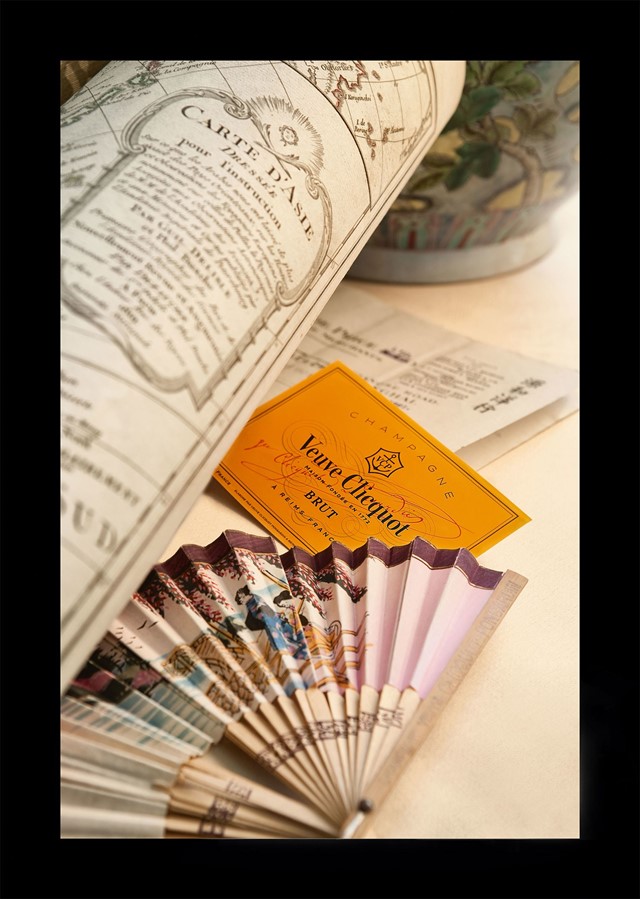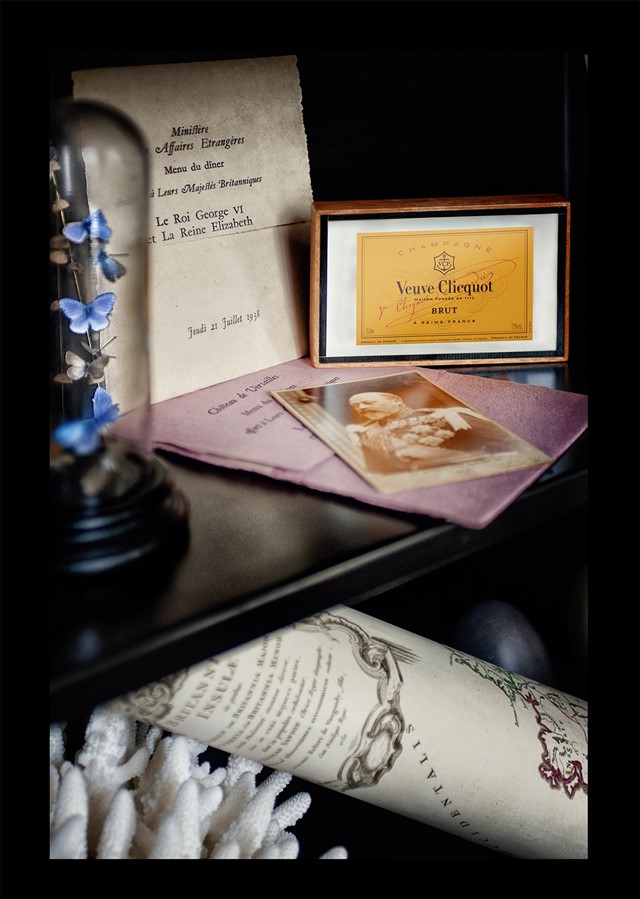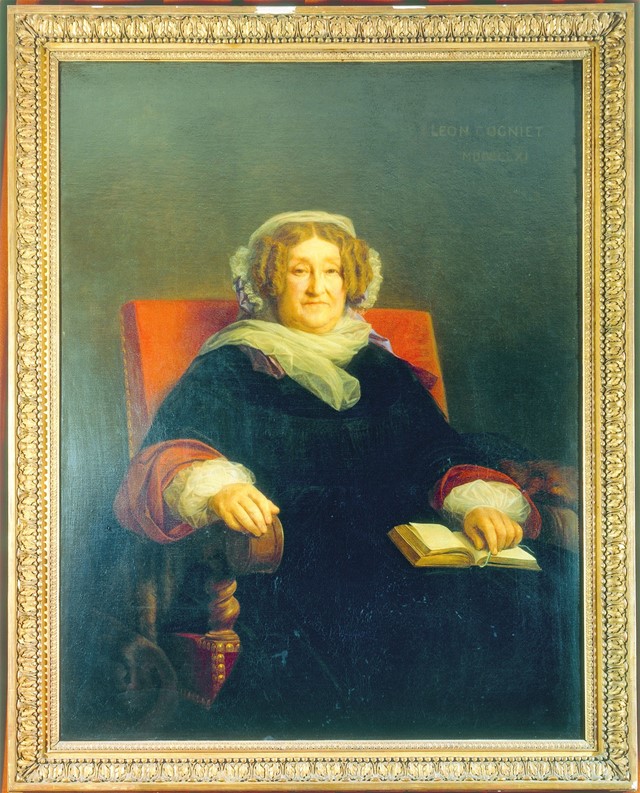As the third instalment of the Veuve Clicquot Widow Series takes place in London, we raise a glass to the unstoppable widow who brought champagne to the party
Veuve ClicquotBarbe-Nicole Clicquot Ponsardin was the sort of woman to commission oil paintings of herself or build a chateau “in honour” of a granddaughter’s marriage – only to insist on living in it until her death. She was a headstrong force, who knew that a party wasn’t a party without golden, effervescent wine in abundance. You may know more about Madame Clicquot Ponsardin than you realise. She is, after all, the world’s most famous widow (or veuve, in French) – her nickname adorns the iconic marigold label of a certain champagne: Veuve Clicquot.
Born in Reims, France on December 16, 1777, and widowed at the early age of 27, Madame Clicquot shrewdly saved her late husband’s wine business from bankruptcy, and revolutionised champagne production – at a time when women neither wore trousers nor had independent bank accounts, let alone ran their own businesses. Today Madame Clicquot’s legacy continues to inspire, with the champagne house’s Widow Series, a yearly event curated by various powerhouse figures – think Nick Knight and FKA twigs – created as a tribute to her. This year Carine Roitfeld takes the reins with SEVEN, an immersive journey through the seven deadly sins, which takes place in London this weekend.

Defining Features
Champagne hasn’t always possessed sparkling clarity – it used to be cloudy both in taste and appearance, an unfortunate byproduct of the yeast used in its production. According to a biography by Tilar J. Mazzeo, in Veuve Clicquot’s early days, the champagne’s bubbles were so large and gaseous they produced a unappetising beer-like foam along the surface. But along with smarts and skills of persuasion (which she employed to make the case for financial backing from her father-in-law) determination was one of Madame Clicquot’s defining features. A lightbulb moment led to a nifty new way to get rid of sediment: storing the champagne bottles with their bottoms up and rotating them precisely to coax sediment into the necks, before removing it completely. This process – called remuage, or “riddling” – gave Veuve Clicquot a unique clarity, and once word spread, it transformed the way sparkling wine was made.

Seminal Moments
In the early 19th century, as the Napoleonic Wars drew to a close, Madame Clicquot realised that the Russians, who were early champagne enthusiasts, would be thirsty to celebrate. But a naval blockade made getting the goods to them impossible, so Clicquot packed boats full of cases and sent them to Amsterdam to be on standby for the lifting of the blockades. It was canny thinking, and allowed her fizz to reach Russia weeks ahead of that of her competitors. Soon the Russian court was flowing with Veuve Clicquot – Czar Alexander declared the famous 1811 vintage “the only thing” he would drink.
1811 became known as a “comet vintage”, a year when night skies were awash with dazzling astronomical activity, and supposedly the fruits of the harvest were dazzling too. Madame Clicquot added a star to the cork in honour of le vin de la comète. In popular culture, a bottle of Veuve Clicquot was the crème de la crème. It’s quaffed in iconic 1942 film Casablanca, and in one of cinema’s finest banquets, in Danish film Babette’s Feast, a bottle of 1860 Veuve Clicquot is knocked back alongside a starter of “Blinis Demidoff”, or buckwheat pancakes with caviar and sour cream.

She’s an AnOther Woman Because…
“The world is in perpetual motion,” Barbe-Nicole Clicquot Ponsardin wrote in a letter to her granddaughter in the 1860s, “and we must invent the things of tomorrow. One must go before others, be determined and exacting, and let your intelligence direct your life. Act with audacity.” That’s exactly how she lived her life; by following a hunch, grafting through the hard times, and not taking no for an answer. She came from a wealthy background, but she wasn’t frivolous. Madame Clicquot could always be found in the wine cellars, tweaking her champagne to perfection. As a result, a bottle of Veuve Clicquot became synonymous with celebration – whether honouring the end of a war, an enviable matrimony, a prize-winning horse, or indeed, the woman herself, as will be the case at SEVEN.
Veuve Clicquot’s Widow Series, curated by Carine Roitfeld, takes place on October 20 and 21, 2017, in London.
